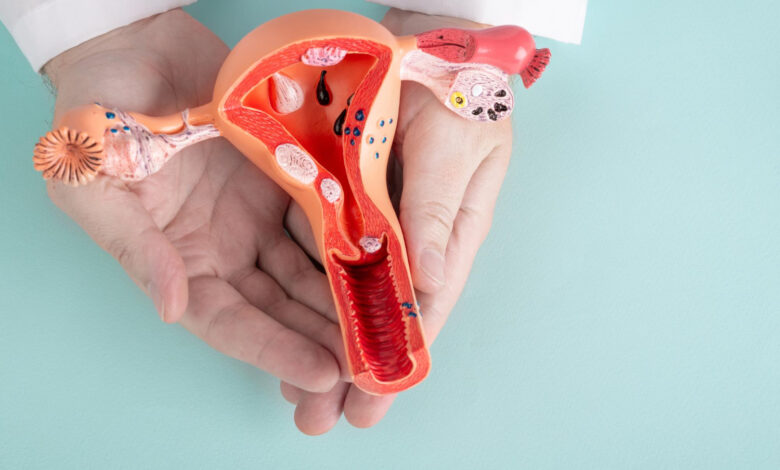
Treść, którą próbujesz wyświetlić, jest dostępna tylko dla członków naszej witryny. Jeśli masz już członkostwo, musisz się zalogować, aby je zobaczyć. Kliknij ten link, jeśli chcesz się zarejestrować .
Already a member? Log in here
Źródło
1. Beckmann CRB, et al. Obstetrics and Gynecology. 7th edition. Baltimore MD: Lippincott Williams and Wilklns; 2014.2.Callahan TL, Caughey AB. Blueprints Obstetrics and Gynecology. 6th edition. Baltimore MD: Lippincott Williams and Wilkins; 2013.3.Pollack AZ, et al. Bisphenol A, benzophenone-type ultraviolet filters, and phthalates in relation to uterine leiomyoma. Environ Res. 2015; 137:101-7.4.Shen Y, et al. An evidence in vitro for the influence of bisphenol A on uterine leiomyoma. Eur J Obstet Gynecol Reprod Biol. 2014; 178:80-3.5.Jeong EH, et al. The Relationship between Uterine Myoma Growth and the Endocrine Disruptor in Postmenopausal Women. J Menopausal Med. 2013; 19(3):130-4.6. Kim YA, et al. Increased Urinary Phthalate Levels in Women with Uterine Leiomyoma: A CaseControl Study. See comment in PubMed Commons below/nt J Environ Res Public Health. 2016; 13(12):1247.7.Sun J, et ai. Phthalate monoesters in association with uterine leiomyomata in Shanghai. Int J Environ Health Res. 2016; 26(3):306-16.8. Weuve J, et al. Association of exposure to phthalates with endometriosis and uterine leiomyomata: findings from NHANES, 1999-2004. Environ Health Perspect. 2010; 118(6):825-32.9.Trabert B, et al. Persistent organic pollutants (POPs) and fibroids: results from the ENDO study. J Expo Sei Environ Epidemiol. 2015; 25(3):278-85.10.Pollack AK, et al. Cadmium and Reproductive Health in Women: A Systematic Review of the Epidemiologic Evidence. Curr Environ Health Rep. 2014; 1(2):172-184.11.Johnstone EB, et al. Increased urinary cobalt and whole blood concentrations of cadmium and lead in women with uterine leiomyomata: Findings from the ENDO Study. Reprod Toxicol. 2014; 49:2732.12.Gao X, et al. Cadmium and proliferation in human uterine leiomyoma cells: evidence of a role for EGFR/MAPK pathways but not classical estrogen receptor pathways. Environ Health Perspect. 2015; 123{4):331-6.